Are you ready to take your off-roading adventures to the next level? In the last two articles about accessories, I talked about having the proper Recovery Equipment and Winches. In this article, we’ll explore the essential accessories and modifications that can transform your 4WD vehicle into a capable and unstoppable machine. From tires to suspensions, we’ll cover everything you need to know to make an informed decision and enhance your off-road experience.
The Power of Upgrading Your Tires
The most common improvement seen as an aftermarket accessory is the tire. Right off the showroom floor, we see that the average tire installed on the vehicle by the manufacturer is usually a “P” (passenger) rated tire. Yes, they usually put a passenger car-rated tire on your 4WD rig. Understand that the most amount of driving for any SUV is on the pavement and the manufacturers aim toward that end with the initial setup of the vehicle, hence the very large aftermarket accessory availability. Not all SUVs come with “P” rated tires; however, some have the “LT” (light truck) designation.
Changing the tires on your rig means a significant investment, especially if you want to go up to a bigger size. It can open Pandora’s box! Usually, though, adding more ground clearance is the reason to go to bigger tires, as is gaining better traction. Most tires on stock vehicles are in the 29″ range diameter. On any trail, you will usually see rig tires in the range of 31″ up 35″ in diameter. There are bigger tire shod vehicles out there, but I will stay in the realm of the average 4WD owner. I will not get into tread design or tire make except to say that I like an aggressive tread pattern. I have found them to be good on all terrains, even sand if aired down enough. It also depends where you spend most of the time off-roading. But, that’s another article!
Installing New Bigger Tires and Beyond
However, changing to bigger tires is not a standalone modification. It sets off a chain reaction, requiring adjustments to other components like suspension, gearing, and even body lifts or fender trimming. These affect steering geometry, power transference from the transmission/transfer case, and driveline angles. Depending on the stock ring and pinion ratio and the overall final drive ratio that is already installed, you may be able to get away with going up a size or two from the stock tire, unless it is already an option type tire that is in the 31″ diameter range.
To put those 33’s or 35’s on, you must modify the suspension and maybe do some body lifting or fender trimming. You will also have to change the gear ratio in the axles–the ring and pinion. And while you are in there, you might as well install those air lockers you wanted. You can see that, indeed, changing your tires does open up many possibilities.
Can the wheel bearings, drive train, axle housing, engine, and even the brakes handle/stop the added mass of bigger tires and wheels? That poor little 4 cylinder barely gets over Eisenhower tunnel as it is. Add another couple hundred pounds and it’s a struggling city. Now you are thinking about a V-8 conversion! If the tires and axles are done right, usually the drive train and power train will handle the extra weight just fine, unless you have an older rig with lots of miles that has been ridden hard and put away wet too many times.
You bought that new SUV and you just got the IRS refund check! It’s time for new tires. You’ve also been talking to your friends who want to spend your money real bad. They say that ARB lockers are the cat’s meow. Of course, since you are going to put bigger tires on, you have to change the ring and pinion and add a suspension lift. And since you are messing with the suspension, you might as well do a shackle reverse kit and a body lift to keep the tires from hitting the fender wells now that you have all that articulation. STOP! Does it never end? Well, not really! What about the highway performance and street ability? Will they be compromised? If you (or the shop you choose) do a clean and proper installation, then the vehicle will handle really well on and off-road! So, you see, it is not as easy as just going out and buying a new set of tires.
You’ve picked out a set of tires and, depending on the size, you must install a suspension, or you just want to improve the handling characteristics. Adding a couple of inches lift to your rig is not out of the realm of possibility. Lifting a rig over 3 or 4 inches gets complicated and must be done with the proper equipment and engineering, whether or not you are doing a leaf, coil, independent, or mixture. Driveline angle is the biggest concern and steering geometry is the second biggest. Make sure the caster angle is corrected on the front end. This helps the steering tires return to the center.
Considerations for a Comprehensive Upgrade
Now that you’re ready to invest in new tires, suspension, and more, it’s crucial to address various aspects to achieve the best off-road performance without compromising highway driving. Let’s delve into some key considerations:
Suspension System Upgrade for Improved Off-Road Performance
Choosing the right lift kit is essential for ensuring optimal suspension performance. If you intend to lift your vehicle more than 3 or 4 inches, it becomes a complex process that requires proper equipment and engineering. Whether you opt for leaf, coil, independent, or a mixture of suspension types, paying attention to driveline angles and steering geometry is critical. Correcting the caster angle on the front end helps the steering tires return to the center position effectively.
Some lift kits include a transmission/transfer case “drop” kit to lessen the angle on the driveline. Otherwise, you will be going through u-joints prematurely. Some lift kits are not really good suspension systems. They just lift the vehicle up and don’t afford any better articulation. A good suspension will allow the tires to flow over the terrain with lots of flexibility. Downward wheel travel is the key to articulation. It is great that the tires come up into the fender wells and the axle bump stops work, but the real key to suspension travel is how far down it goes.
Flexibility is another important aspect of the suspension system. When one wheel goes down, the other wheel (on the most common solid axle set up) moves up, and the springs must flex and twist to allow for the added drop rate of the other side. Some suspensions, like the independent front end style, will allow one wheel to move independently of the other, hence the name! The steering is effected by all this movement and must be strengthened also with a stabilizer, support brackets as needed, and possibly a steering gearbox support.
Shock Absorbers and Dampers for Optimal Control
When upgrading your suspension system, don’t overlook the importance of replacing the shock absorbers or suspension dampers. A well-matched suspension kit usually includes springs, shocks, steering damper, bushings, and hardware. Each component plays a vital role in providing a comfortable ride, precise steering, and enhanced off-road capabilities. Investing in a complete kit from a reputable manufacturer ensures that all elements work harmoniously to deliver an exceptional driving experience.
There are also protection plates for the spring pads, depending on what type of suspension system and shock mounts. These plates will keep rocks from shearing off the heads of any bolts, holding the shocks or springs in place. Stronger mounting shackles are available that will hold the springs in place (leaf springs) better and in proper alignment during all that flexing and springing taking place on the trail.
Underbody Protection for Off-Road Durability
Tires, suspensions, axle gears, lockers, nerf bars and skid plates each have a book full of information alone. I have tried to inform you about the things needed to upgrade if you really want to go to a much larger size tire than the stock application. As I said earlier, to just go up a size or two from the tire that came with your rig would be alright, as long as that tire was not already an option or add-on. You can usually stay with the stock rims if they are between 71⁄2 and 8 inches wide. They will hold a 31/10.50 X15 size tire.
Now that you know that upgrading tires can open Pandora’s box, I hope you have fun using them. It might not take doing all that modification to the suspension, etc. if you just want to get a new set of tires that are a little more aggressive. These can afford you many miles an off-road pleasure without all the “extras” that extensive modification requires.
Choosing the Right Upgrades for Your Off-Road Adventures
Upgrading your tires and accessories can significantly enhance your off-road capabilities, but it’s important to make informed decisions based on your specific needs. While a minor tire upgrade can provide improved off-road traction, more extensive modifications involving suspension, gearing, and body adjustments are necessary when switching to significantly larger tires.
Remember, careful consideration should be given to factors such as your vehicle’s performance, terrain types, and intended use. By investing in high-quality components and seeking professional installation, you’ll ensure that your 4WD vehicle delivers exceptional performance both on and off the road. So, get ready to hit the trails with confidence and enjoy the endless possibilities of off-roading!


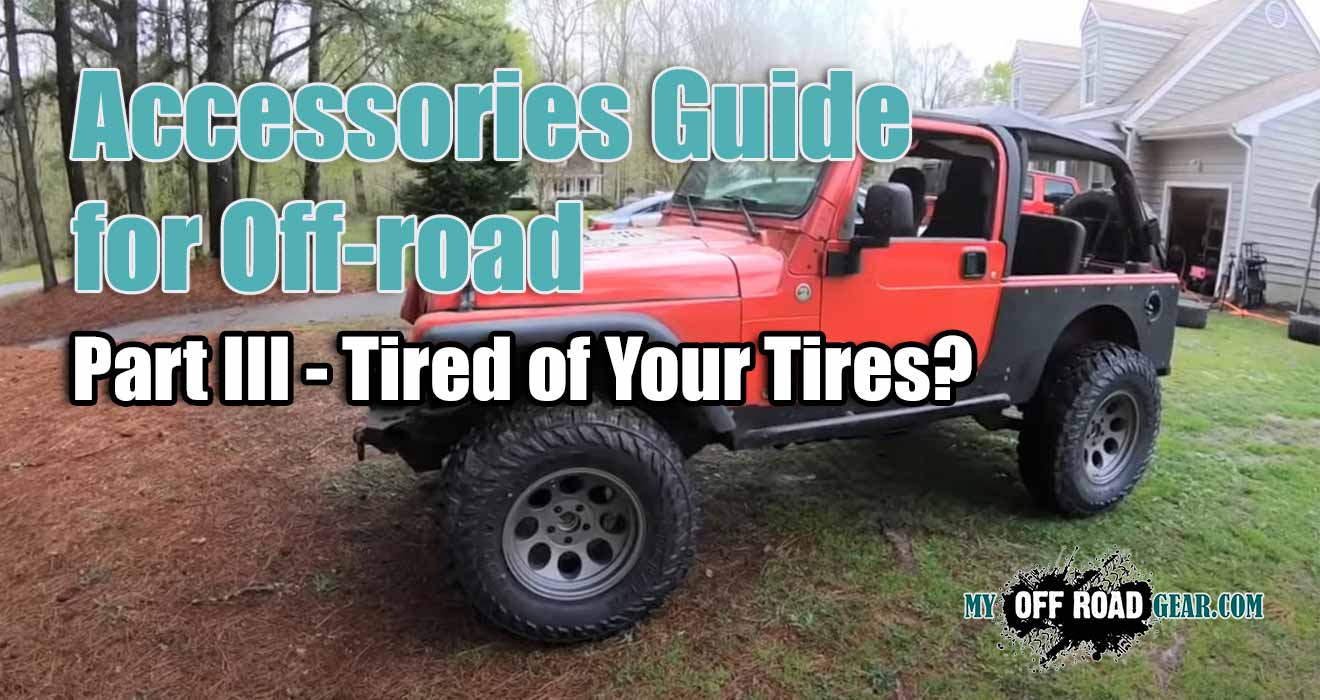
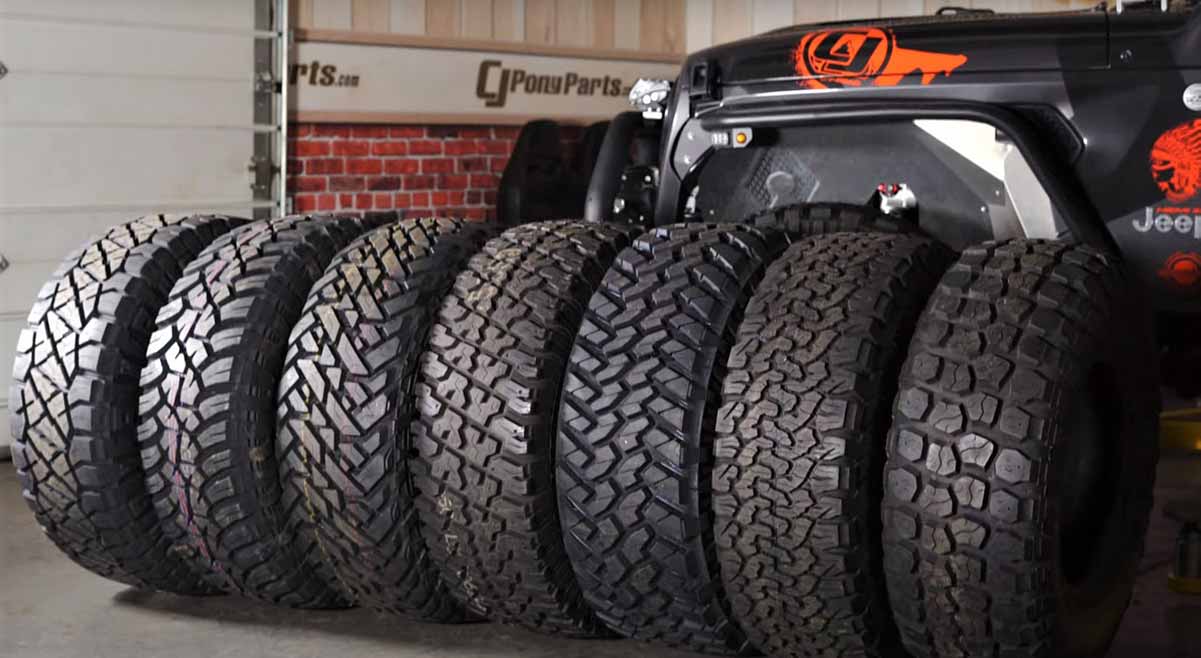
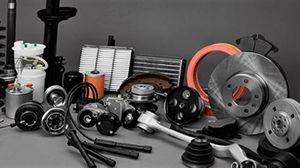
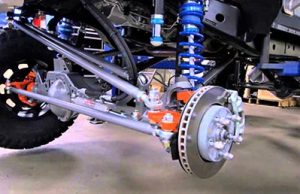
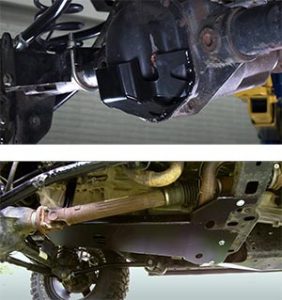
Add Comment